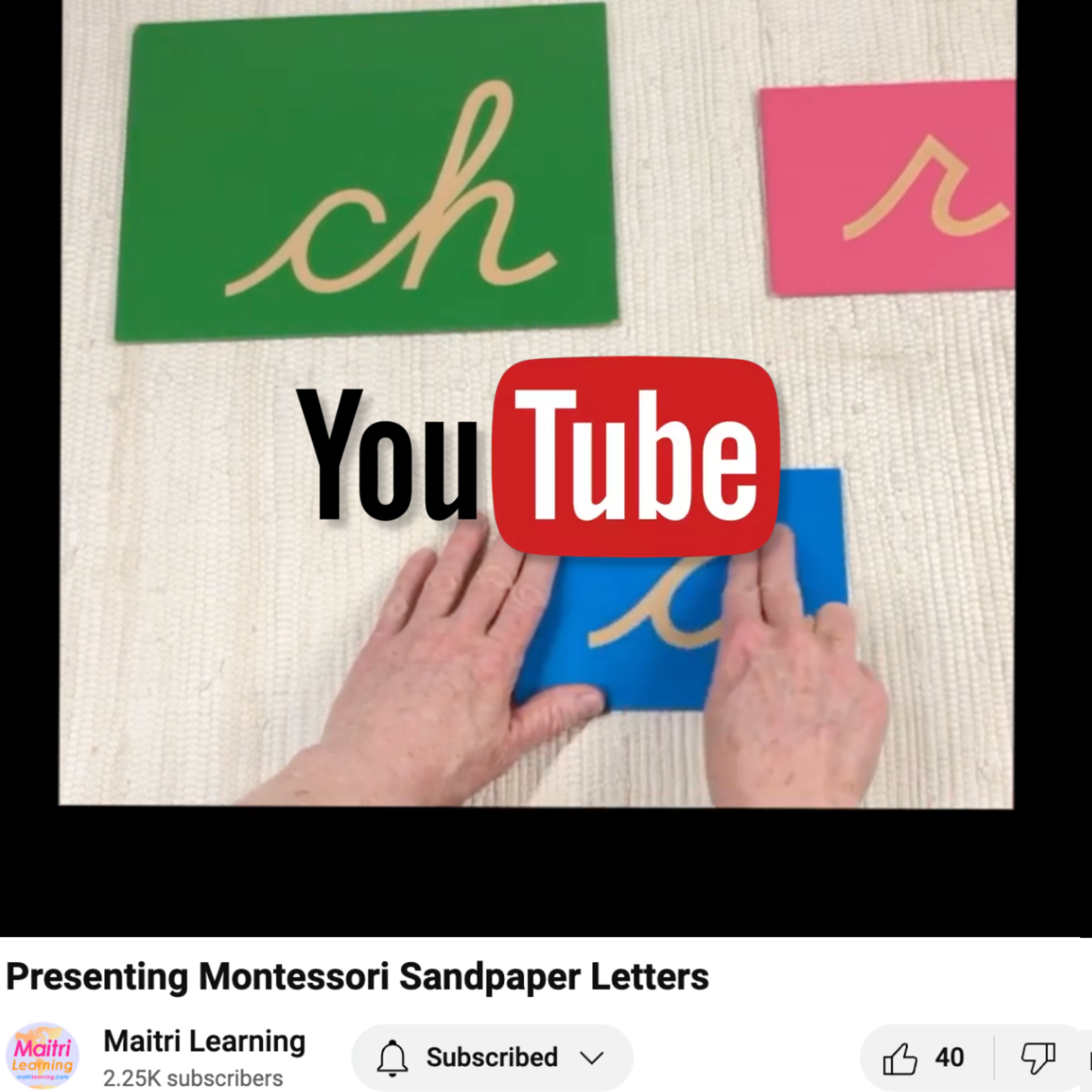The BEST Snack Procedure
 One of my favorite teachers and I spent almost two days figuring out the snack procedure and set-up for her room. The result was utterly fantastic. She spent the first week or two of school focusing on presenting how to have snack and snack went along without a hitch for the rest of year. So read on if you want the best snack ever in your classroom! Step 1 is to get your name card and place it in the ladybug holder. This holds your space at the table and prevents the possibility of another child rushing in to sit at the table while the other child is getting snack at the snack shelf. My friend decided on a two-person snack table but this same procedure can work with three children if you have a large enough table. In the picture above, the placemats are reused all morning. Those and those cute little lady bug card holders stay on the snack table at all times. The children set up and clean up the rest.
One of my favorite teachers and I spent almost two days figuring out the snack procedure and set-up for her room. The result was utterly fantastic. She spent the first week or two of school focusing on presenting how to have snack and snack went along without a hitch for the rest of year. So read on if you want the best snack ever in your classroom! Step 1 is to get your name card and place it in the ladybug holder. This holds your space at the table and prevents the possibility of another child rushing in to sit at the table while the other child is getting snack at the snack shelf. My friend decided on a two-person snack table but this same procedure can work with three children if you have a large enough table. In the picture above, the placemats are reused all morning. Those and those cute little lady bug card holders stay on the snack table at all times. The children set up and clean up the rest.
Step 2 is to wash your hands.
Step 3 is to go and get a glass of water. Fill it up at the shelf and then bring your full glass to the table and place it on your placemat (to the upper right, of course).

Step 4 is to get some food! Choose what you like from what is available. (She likes to use portion cards but they're not required. If you use them, make sure your assistant/co-teacher doesn't start policing quantities. Instead, if you have an over eater, deal with that issue directly.) Make sure you leave room on the shelf for the children to place their plate while adding food. It is too much for most children at this age to hold the plate with one hand while serving food onto it with the other. Place your food so carefully on your plate and then bring your plate to your placemat.

Step 5 is to get utensils and a napkin. Then, it's time to sit down and enjoy your snack, alone or with a friend.
When you're done, you take your plate to the compost to scrape off any leftovers and then place it in the dirty dishes bin (underneath the washing bin; in the picture, the dishes are being washed in the left, top bin; the dishwashing soap is usually also on top by the sponge). Washing is not required but the dirty dishes bin is available for anyone who wants to do the dishwashing work. Then, bring your glass and then utensils to the dish bin. Finally, bring your napkin to the laundry basket (I prefer to use cloth napkins...lots of opportunities for cloth washing, ironing, and folding.)

Now, pick up your placemat by the corners (so nothing falls out) and bring it to the compost bin. Shake/wipe the crumbs in and return the placemat to the table. If you have a lot of wet snacks (like yogurt), you might want to use placemats that can be wiped clean or be sure to have a replacement supply available. Later in the year, and depending on the snack, you can add in a procedure for getting a cloth/sponge and wiping the table.
The children are also involved in preparing the snack every morning. As the adult is getting things ready (e.g., washing grapes, cutting cheese, cutting watermelon, or cutting muffins as in the picture below), the children are invited to join in and help. This work is available for whoever is interested and around at the time the adult is preparing snack (usually, the first task after arrival in the morning). This is not a group activity but just something that organically happens with one or two children. The adult just needs to quickly set out the required materials. In the picture, this girl needed a cutting board, a tray to place the cut muffin pieces, a knife, and a sponge to wipe up. A little bowl to put the empty muffin wrappers in would have been nice too.

Any food preparation work done as part of practical life can also added to the snack shelf. For example, if a child cuts bananas, they can place the sliced bananas for all to share on the shelf.
What do you think? Give this one a try and let us know how it goes!
For more inspiration, check out the Ritual of the Meal video from Montessoriguide.org.
Ritual of the Meal from Montessori Guide on Vimeo.








11 comments
@Rachel: Nice! That sounds like a good alternative and if it is working, it is working! Covid made food really tricky but things are starting to ease up in that regard. Let’s hope that next year we can get back to the ideal!
Julia Volkman
Our system involved leaving a small plate that contained 4 smooth stones on the snack table- the child put the stone at their seat which reserved their space while they were preparing their plate…this evolved mainly because 1) we didn’t have the space for a name stick station and 2) many young friends didn’t recognize their names quickly….
A lot changed with Covid…we had all pre-packed items etc. which didn’t allow for a great deal of counting etc.
Rachel
@Leah: There is not one way to manage the food labels. Some classes put the number and dots on a label. Some put just a number or just dots. Some draw a little picture of two crackers. And some don’t use any quantity identifier at all. It really depends on the culture at your school.
Keep in mind that some of the students in your class will not have mastered quantity yet (e.g., they haven’t mastered the red rods). For this reason, some classes shy away from using quantity labels.
If you have students that are eating way too much snack, you might just want to give them repeated individual lessons on quantity. Be sure not to point out that they’ve done anything wrong. Just tell them that morning something like, “Today we have baby carrots and hummus. Everyone can take about this many baby carrots and one scoop of hummus. That way, there will be enough for everyone to have a snack.”
Remember that we don’t want to correct a child but instead re-present. We also don’t want to run out of food! Until your big eater gets with the program, you might need to put out limited quantities of snack and replenish frequently throughout the morning.
I hope this helps!
Julia Volkman
My question is for the food quantity labels
Do you need a picture and the number and dots or would just the number and dots be enough?
We do laminated name tags but our tags is on the fridge with a
magnetic strip on the back
It is working great trying to make new food snack labels
Leah
@Shonali: Awww, shucks. Thanks :)
I hope your staff is game. It’s so lovely to offer such an elegant approach to eating. And it builds in dirty cloth napkins and dishes that need to be washed and ironed which means the children have plenty of real life applications for the cloth washing, ironing, and dishwashing work. You can even get them going on sewing and embroidering new napkins for the class. Go for it!
Julia
@Deepa: Are you already using name cards for snack? If not, try introducing those and see if the problem persists. Otherwise, they may need some grace and courtesy lessons on “What to do when you first come into the classroom.” Before you go in, think of something you’d like to do. Then, go and find it! If that work isn’t available, think of what else you’d like.
You can also help guide those snack hoverers to some food preparation work (like cutting bananas to put on the snack shelf) or maybe washing the first dirty snack dishes. You might go to them and say something like, “Oh, I see that snack is not available. Maybe you’d like to do some other snack work.” Let us know what works!
Julia
@Noelle: We treat snack just like any other work so it is the child who chooses who has snack next. The adult doesn’t get involved. I’m wondering why the children are hanging around the name cards. Are they hungry? Do they not know what else to do? Is it for social capital? I would observe and try to answer that question and then you can address the underlying need(s).
Julia
I will present this to my staff, and see if they would like to introduce this snack process.
I think it’s a great idea.
Thanks!
Shonali
Shonali Harrison
Thank you for making such beautiful material available to us. Love your products!!
Shonali Harrison
We follow almost exactly the same procedure excepting we have 2 students who have the Snack Prep responsibility on rotation – an older and a younger. And everything works great. There is one thing that keeps bothering me and it is this: we start our day outdoors and as we come in, there is a competitive race to get to the snack table and have snack FIRST. I have it set up for 3 children and I have 36 in my room. It’s really the first 15 mins and then after that things settle , But in those first few minutes there are children hanging around the snack table, waiting for some oneto be done so they can get their turn. So I have looked at the environment and to myself – still have not worked out what to do to make this more peaceful and les competitive. Any suggestions?
Thanks
Deepa Shreekumar
Hi! Quick question about the snack table. How do you choose who has snack next? Or prevent children from waiting at the name cards waiting to be the next to take their name? Thanks! I am always looking for more independent ways of handling snack that do not require constant policing.
Noelle
Leave a comment
This site is protected by hCaptcha and the hCaptcha Privacy Policy and Terms of Service apply.